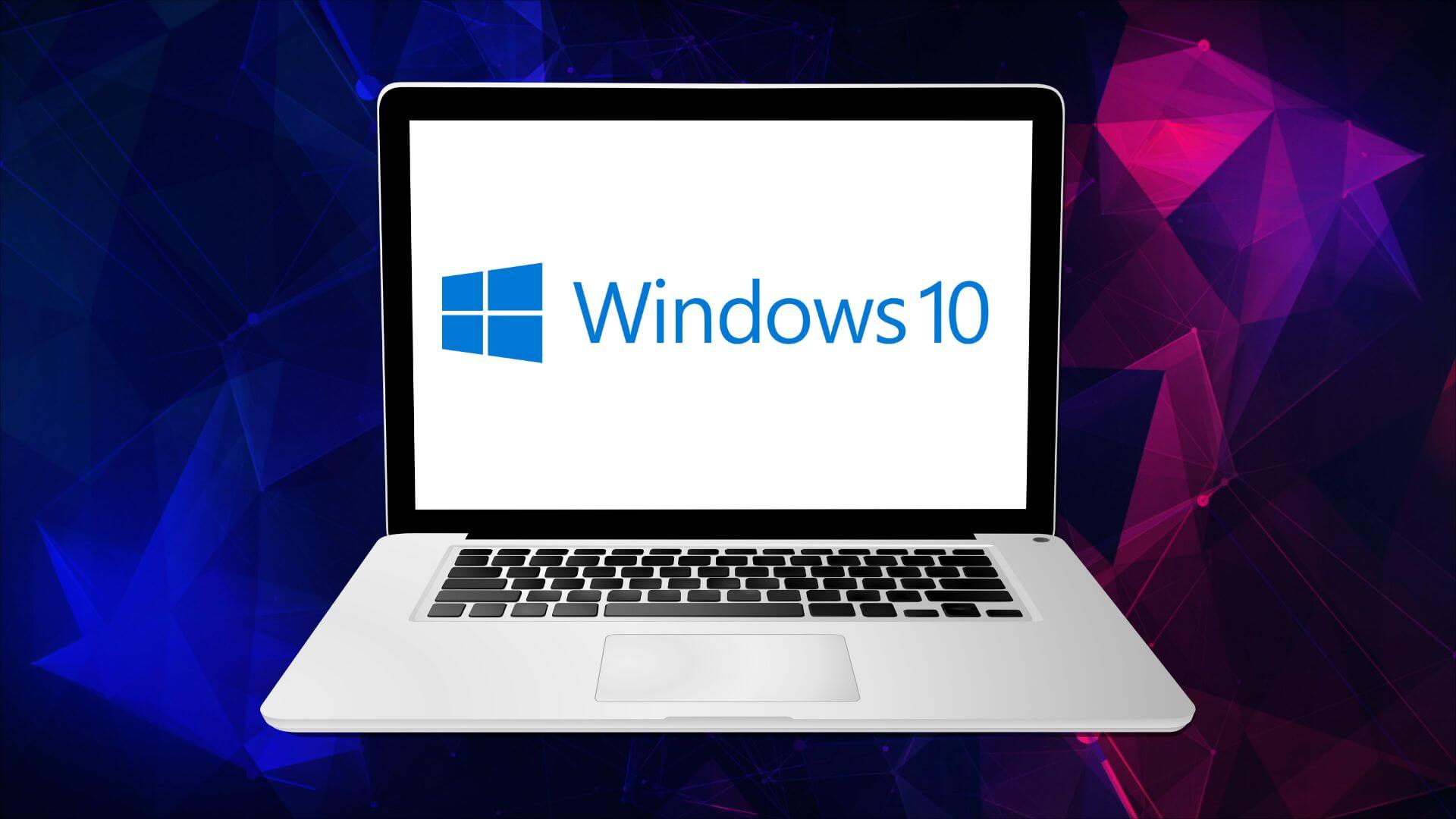How to Enable Remote Desktop on Windows 10: Easy Guide
If you need to access your computer from a different location, the Remote Desktop feature on Windows 10 is a powerful tool that allows you to control your PC remotely. In this article, we’ll explain step-by-step how to enable Remote Desktop on Windows 10, along with some tips to use this feature safely and efficiently.
What is Remote Desktop on Windows 10?
The Remote Desktop on Windows feature allows users to connect to their computer from another device, whether it’s another computer, tablet, or even a smartphone. This function is extremely useful for those who need to access files, applications, or perform tasks from a different location than their office or home.
Requirements to Use Remote Desktop on Windows 10
- Windows 10 Pro or Enterprise: The Remote Desktop on Windows 10 is only available in the Pro and Enterprise editions. If you’re using Windows 10 Home, you’ll need to upgrade to use this feature.
- Internet Connection: Ensure that both the computer you're connecting to and the device you're accessing from are connected to the internet.
- Network Permissions: You may need network permissions if you're accessing from a location outside your local network.
Steps to Enable Remote Desktop on Windows 10
Enabling Remote Desktop on Windows 10 is a simple process. Follow these steps:
- Access Settings: Click on the Windows Start button and select Settings.
- Go to System: In the settings menu, select System, then click on Remote Desktop from the left-hand menu.
- Enable Remote Desktop: You’ll see a switch labeled "Enable Remote Desktop." Turn it on to enable this feature.
- Confirm Enablement: When you turn on the switch, a pop-up window will appear asking you to confirm that you want to enable Remote Desktop. Click Confirm.
- Remember Your PC Name: Be sure to note down the name of the computer you’re connecting to, as you’ll need it to access remotely.
Once you’ve completed these steps, you’ll have enabled Remote Desktop on Windows 10 on your computer. From here, you can connect to your PC from any Remote Desktop-compatible device.
Tips for Safe Use of Remote Desktop on Windows
While using Remote Desktop on Windows is extremely useful, it’s important to take security measures to protect your information. Here are some key tips:
- Use a Strong Password: Ensure the Windows account you’ll be accessing remotely has a strong and unique password.
- Enable Two-Factor Authentication: Whenever possible, enable two-factor authentication for added security.
- Connect Through a VPN: If you plan to access your PC from an external network, consider using a VPN to keep your connection encrypted and secure.


Where to Buy Windows 10 to Enable Remote Desktop?
If you don't have the correct version of Windows yet or need to upgrade to Windows 10 Pro to use the remote desktop feature, you can buy Windows 10 at Licendi, where you'll find competitive prices and activation guarantees.
Common Issues When Enabling Remote Desktop on Windows 10
Although enabling remote desktop on Windows 10 is fairly simple, some people may face common issues. Here are some typical errors and how to resolve them:
- Connection Issues: If you can’t connect, check if the Windows firewall is blocking the connection. Also, ensure that port 3389 is enabled for remote connections.
- Version Incompatibility: If you can’t enable remote desktop, you’re probably using Windows 10 Home. Consider upgrading to the Pro version.
- Incorrect PC Name: Make sure you’re using the correct computer name when trying to connect.
Conclusion
Enabling remote desktop on Windows 10 is an excellent way to access your computer remotely from anywhere, saving time and increasing productivity. You only need to follow the steps outlined above to activate this tool on your PC. Always keep security in mind, and if you don’t have Windows 10 Pro yet, you can easily purchase it from trusted sites like Licendi.
If you want to learn more about how to protect your network while working remotely, check out this article on VPNs to understand how secure connections work.




